John D. Chisholm
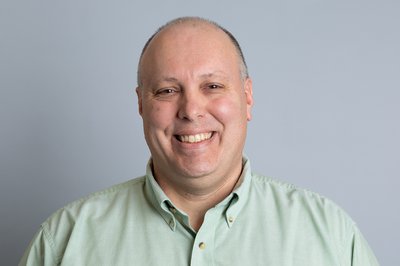
John D. Chisholm
Professor
CONTACT
Chemistry
4-006 Center for Science and Technology
Email: jdchisho@syr.edu
Office: 315.443.6894
PROGRAM AFFILIATIONS
Biochemistry
Degrees
- B.S., 1992, Alma College
- Ph.D., 2000, University of California, Irvine
- Postdoctoral Fellow, 2000-2002, Stanford University
Social/Academic Links
Courses Taught
- CHE 275: Organic Chemistry
- CHE 575: Organic Spectroscopy
- CHE 675: Advanced Organic Chemistry
- CHE 676: Introduction to Organic Synthesis: Methodology
- CHE 686: Introduction to Organic Synthesis: Design
organic chemistry, medicinal chemistry, synthesis, catalysis, organometallic chemistry
Research in the Chisholm group is focused on organic chemistry, broadly defined. This includes studies in medicinal chemistry, catalysis and natural products synthesis. Current projects include:
- Medicinal chemistry
- New synthetic methods
- Natural products synthesis
Medicinal Chemistry
In collaboration with the Kerr laboratory at SUNY Upstate Medical University, we have been developing new inhibitors of the SH2-containing Inositol 5’-Phosphatase SHIP. SHIP is a phosphatase that selectively removes a phosphate from the 5’ position of the inositol substrate PI(3,4,5)P3. The phosphorylation pattern on these inositols act as control elements in passing signals from the outside of the cell membrane to the nucleus of the cell, which is turn influence migration, growth and survival (Figure 1). By influencing the activity of the phosphatase SHIP a number of these important cellular events can be regulated. This regulation may be beneficial for a number of disease states, including cancer, diabetes, and anemia. Therefore small molecule inhibitors of SHIP are of great interest.
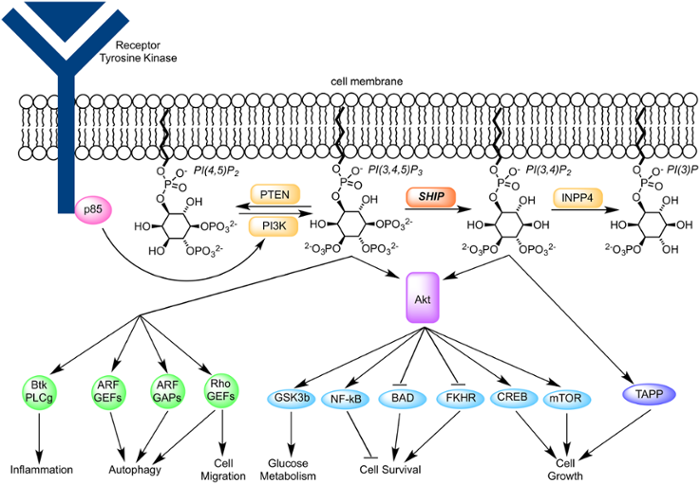
Figure 1. The role of SHIP in cellular signaling.
A number of small molecule inhibitors of SHIP have been found by high throughput screening (Figure 2A). Medicinal chemistry studies have now commenced on these structures to improve the potency and pharmacodynamic properties of these molecules so that they may be used to probe the role of SHIP in a number of in vitro and in vivo model systems. Currently a number of approaches are being used to facilitate these studies, including complex molecule synthesis and in silico docking studies on the active site of the enzyme (Figure 2B).
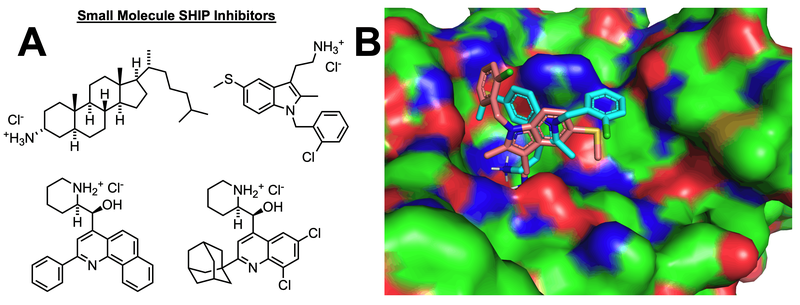
Figure 2. A) The structures of small molecule inhibitors of SHIP found through high throughput screening. B) Two docking poses of an inhibitor in the active site of SHIP.
Development of New Synthetic Methods
Recent investigations into the reactivity of trichloroacetimidates have also been fruitful. Trichloroacetimidates are known to be excellent alkylating agents when activated by a catalytic amount of a Brønsted acid. Some preliminary forays into this area showed that many imidates are much more reactive than predicted by early studies, with carboxylic acids, alcohols and thiols being alkylated by the imidates without the need for a catalyst. In addition, other nucleophiles like anilines and sulfonamides have been shown to be competent nucleophiles in the presence of an acid catalyst. The alkylation of carboxylic acids and alcohols appears to be limited to more reactive imidates, but is still useful in the installation of PMB and DPM protecting groups. The alkylation of anilines and thiols has a wider substrate scope. Preliminary studies have shown that these new trichloroacetimidate substitution reactions are less prone to competing elimination than methods using sulfonate-leaving groups. Additionally, these imidate substitution reactions may be amenable to asymmetric catalysis.
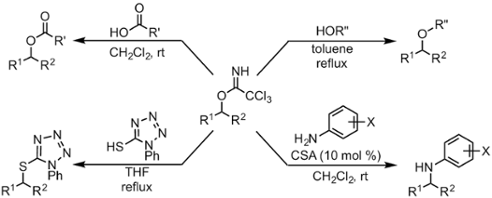
Figure 3. New substitution reactions with trichloroacetimidates
Complex Molecule Total Synthesis
We are also interested in developing new synthetic routes to complex molecules with interesting biological activity. Some targets that are currently of interest are shown below (Figure 4). These studies provide material to explore the biological properties of these molecules. Many of these molecules are natural products, which have long been a primary source of therapeutic agents and candidate molecules.
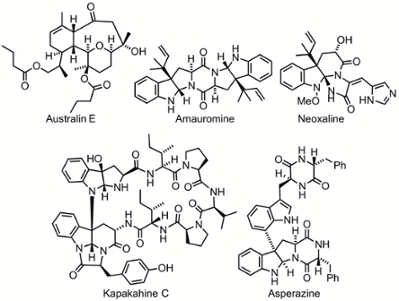
Figure 4. Total Synthesis Targets
- Editorial Board, Scientific Reports, 2016-present
- Scientific Advisory Board, Alterna Therapeutics, 2016-present
- Nappi Family Research Award, 2015-2016
- NIH Academic Research Enhancement Award, 2015-2018
- National Institute of Health Postdoctoral Fellowship, 2000-2002
- Bristol-Myers Squibb Graduate Fellowship, 1999-2000
Kerr, W. G.; Pedicone, C.; Dormann, S. D.; Pacherille, A.; Chisholm, J. D. “Small Molecule Targeting of SHIP1 and SHIP2.” Biochem. Soc. Trans. 2020, 48, 291-300. DOI:10.1042/BST20190775.
Pedicone, C., Fernandes, S., Dungan, O. M., Dormann, S. M., Viernes, D. R., Adhikari, A. A., Choi, L. B., De Jong, E., Chisholm, J.D. and Kerr, W.G. "Pan-SHIP1/2 inhibitors promote microglia effector functions essential for CNS homeostasis." J. Cell Sci. 2020, 133, jcs238030. DOI:10.1242/jcs.238030.
Mahajani, N. S.; Meador, R. I. L.; Smith, T. J.; Canarelli, S. E.; Adhikari, A. A.; Shah, J. P.; Russo, C. M.; Wallach, D. R.; Howard, K. T.; Millimaci, A. M.; Chisholm, J. D. “Ester Formation via Symbiotic Activation Utilizing Trichloroacetimidate Electrophiles” J. Org. Chem. 2019, 84, 7871-7882. DOI:10.1021/acs.joc.9b00745
Suzuki, T.; Chisholm, J. D. "Friedel-Crafts Alkylation of Indoles with Trichloroacetimidates." Tetrahedron Lett., 2019, 60, 1325-1329. DOI:10.1016/j.tetlet.2019.04.007
Suzuki, T.; Mate, N. A.; Adhikari, A. A.; Chisholm, J. D. "Dialkylation of Indoles with Trichloroacetimidates to access 3,3-Disubstituted Indolenines." Molecules 2019, 23, 4143-4158. DOI:10.3390/molecules24224143
Mahajani, N. S.; Chisholm, J. D. "Promoter Free Allylation of Trichloroacetimidates with Allyltributylstannane Under Thermal Conditions to Access the Common 1,1’-Diarylbutyl Pharmacophore." Org. Biomol. Chem. 2018, 16, 4008-4012. DOI:10.1039/C8OB00687c
Gumbleton, M.; Sudan, R.; Fernandes, S.; Engelman, R. W.; Russo, C. M.; Chisholm, J. D.; Kerr, W. G. "Dual enhancement of T and NK cell function by pulsatile inhibition of SHIP1 improves antitumor immunity and survival." Sci. Signal. 2017, 10, eaam5353. DOI:10.1126/scisignal.aam5353
Adhikari, A. A.; Chisholm, J. D. "Lewis Acid Catalyzed Displacement of Trichloroacetimidates in the Synthesis of Functionalized Pyrroloindolines." Org. Lett. 2016, 18, 4100-4103. DOI:10.1021/acs.orglett.6b02024
Complete list of publications available on NCBI MyBibliography
(Oct. 11, 2016)
United States Department of Education grant will support at least four students
(Sept. 4, 2015)
Professors Yan-Yeung Luk, John Chisholm redefine possibilities of organic chemistry
